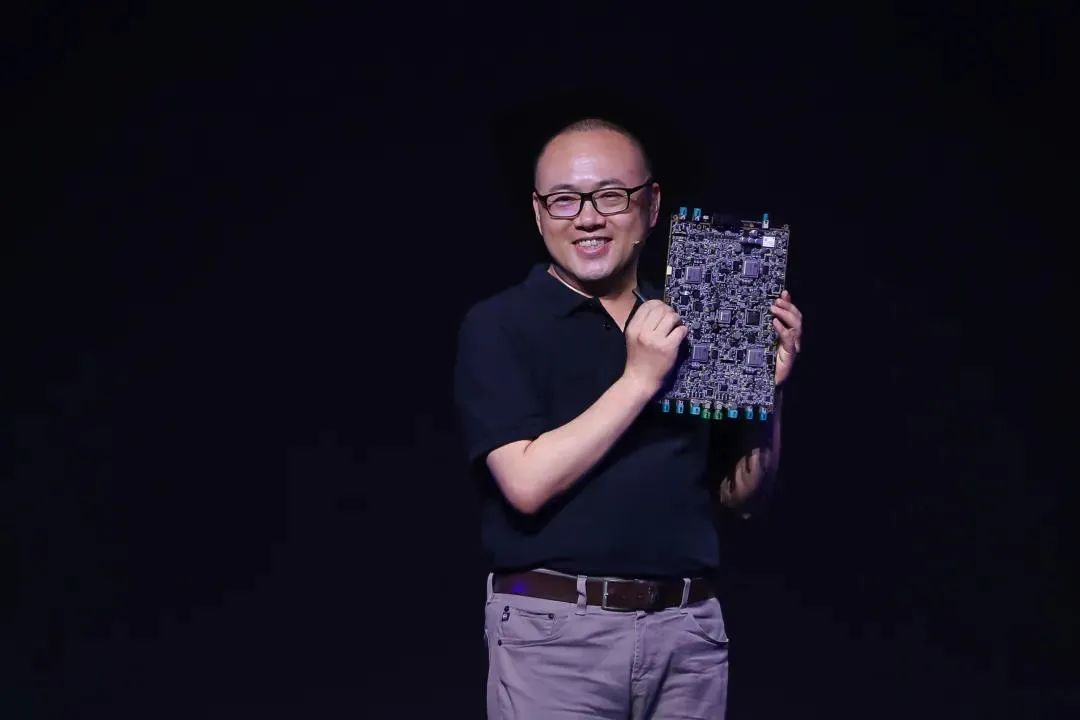Author: Turbocharged Little Fatty
With the development of intelligent cars, more and more people, including international chip giants and domestic AI chip companies, are focusing on developing automotive-grade AI chips, and Horizon Robotics is one of them.
Horizon Journey 5 chip was officially released in July 2021, following Journey 2 and Journey 3, as the third-generation automotive-grade autonomous driving chip by Horizon. One year later, without changing the hardware architecture or algorithms, Journey 5 significantly improved its computing performance.
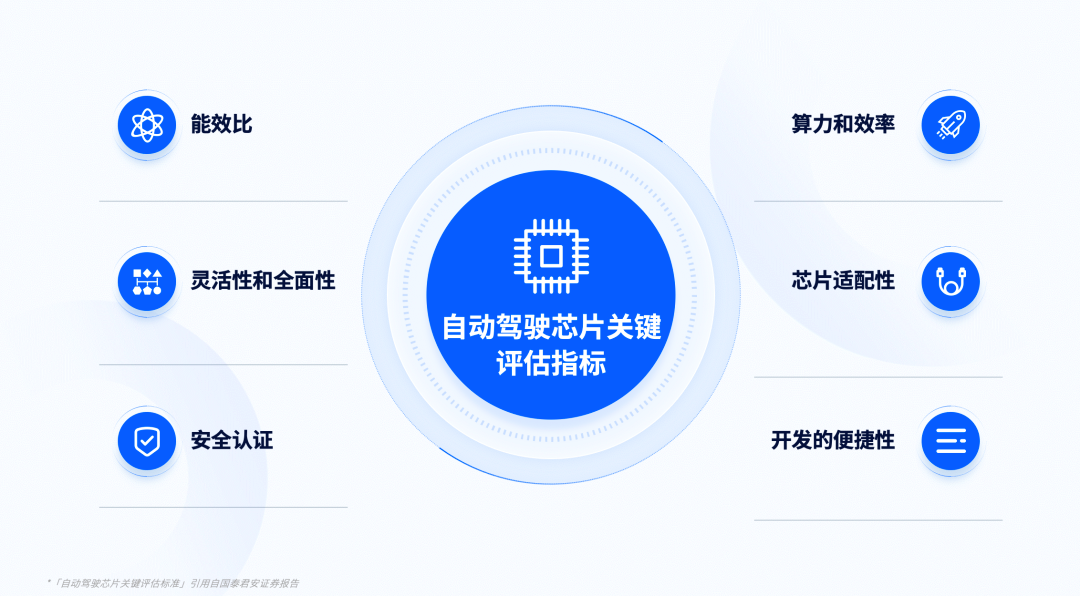
How did they achieve this? Can the current Horizon Journey 5 represent domestic automotive-grade AI chips and compete in the market?
Journey of Journey 5
The Journey 5 chip is of great significance to both Horizon and the domestic automotive chip field. It represents the transformation of domestic high-performance automotive-grade AI chips from zero to one and is prepared to compete with international giants.
For a long time, traditional chip giants such as Intel, Nvidia, and AMD have had strong advantages in CPU and GPU, respectively, and they all see AI as an important strategic development direction.
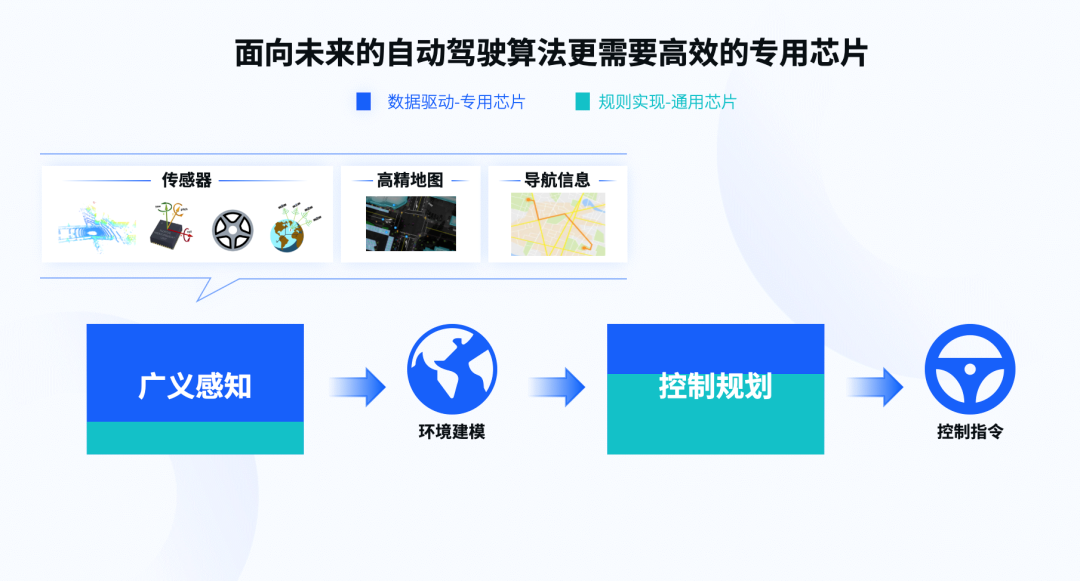
However, Horizon believes that currently, general-purpose processors such as CPU and GPU are far from meeting today’s computing requirements. Through software and hardware joint design and joint optimized computing architecture, Horizon plays an important role in improving the real performance of chips. Therefore, Horizon always adheres to “application-driven software innovation, which then drives the definition of a new generation of computing architecture through software innovation”.
Thus, Horizon independently developed a programmable AI acceleration engine, the BPU.
BPU, short for Brain Processing Unit, is a typical heterogeneous multi-instruction multiple-data system mainly used to support deep neural networks and is more efficient than CPUs. The core technology concept is “emphasizing performance while considering flexibility”, ensuring that AI chips can quickly adapt to the latest mainstream algorithms while providing sufficient open programmability.
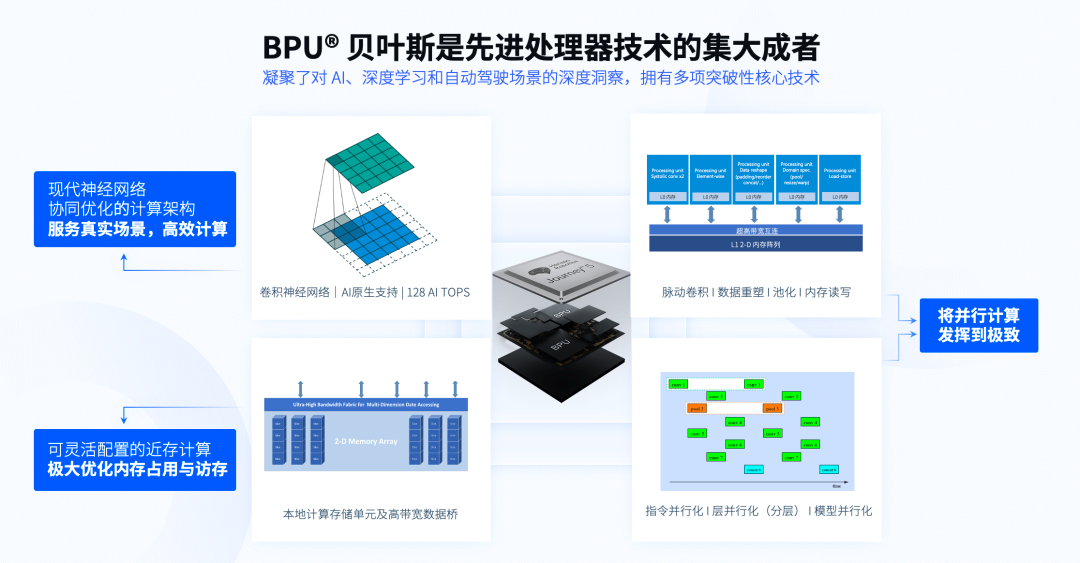 And Bayes is the third-generation IP calculation architecture launched by Horizon, which has the characteristics of high performance, low power consumption, and low latency, and is designed specifically for high-level autonomous driving applications. Bayes BPU optimizes BPU design with modern neural networks and supports AI operators in different road scenarios; at the same time, it utilizes AI acceleration computing to optimize BPU low-batch, high-performance for real-time autonomous driving workloads.
And Bayes is the third-generation IP calculation architecture launched by Horizon, which has the characteristics of high performance, low power consumption, and low latency, and is designed specifically for high-level autonomous driving applications. Bayes BPU optimizes BPU design with modern neural networks and supports AI operators in different road scenarios; at the same time, it utilizes AI acceleration computing to optimize BPU low-batch, high-performance for real-time autonomous driving workloads.
Journey 5 chip is also based on the horizon BPU Bayes calculation architecture.
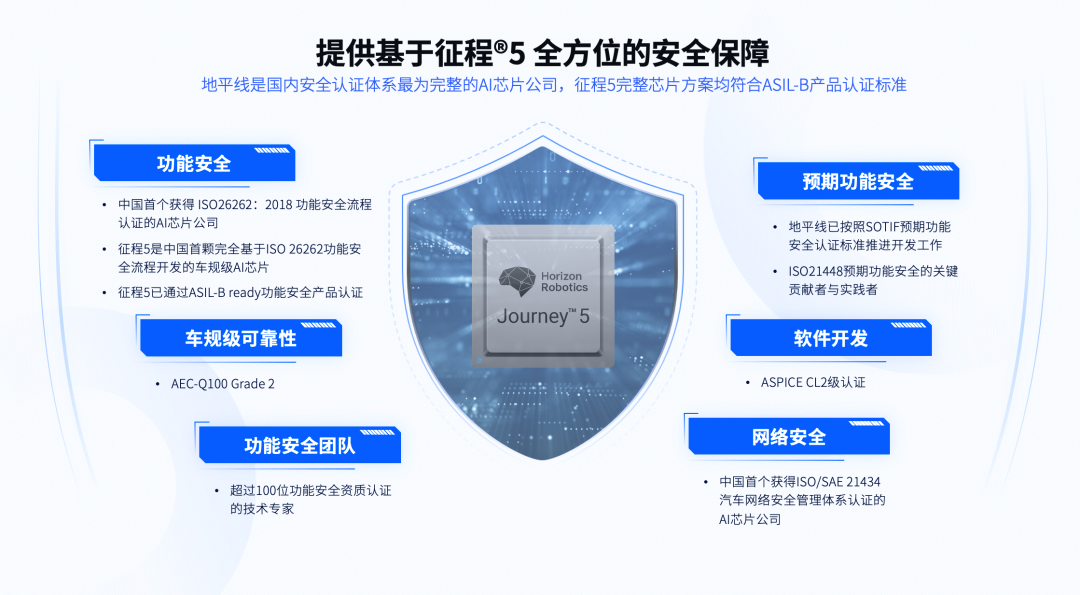
At the same time, Journey 5 is also the first domestic AI chip developed based on the ISO 26262 functional safety process, and has passed the ISO 26262 ASIL-B functional safety product certification, meeting the AEC-Q100 vehicle regulatory reliability requirements.
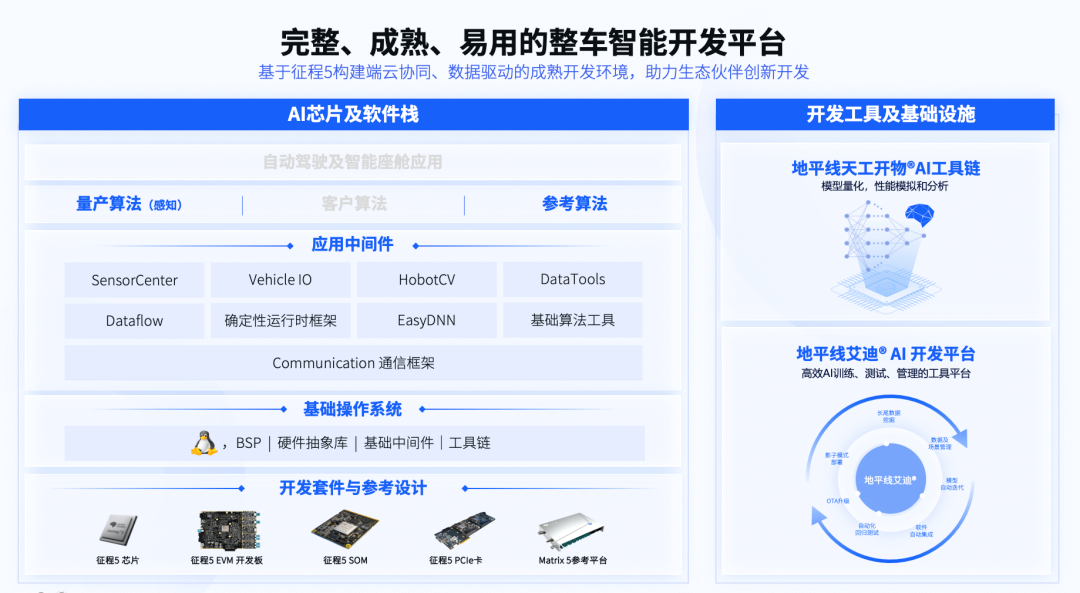
In addition to the Journey 5 chip, Horizon has also created various products, including whole vehicle intelligent development platforms, AI development kits, Matrix 5 domain control reference platforms, AI software stacks, Aidi AI chip toolchains, and Aidi AI development platforms. These products can meet the different development needs of OEMs and ecological partners and help them quickly deploy autonomous driving applications on Horizon’s chips, thereby reducing development, adaptation, and application deployment costs.
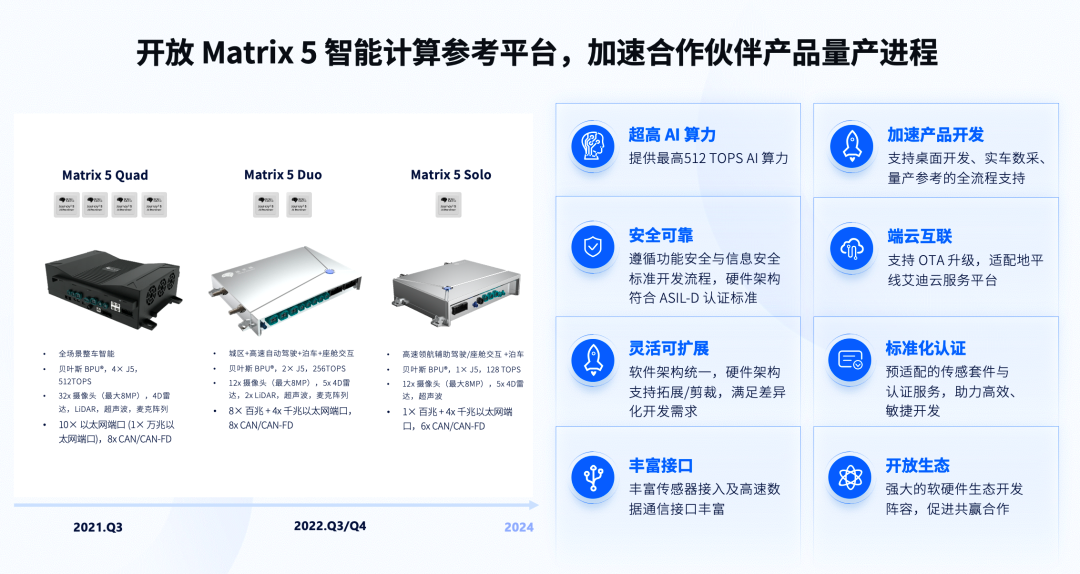
Just having computing power is far from enough
In this era of constantly updating and soaring computing power chips, Horizon has not chosen to blindly promote computing power, but values “real AI performance”.
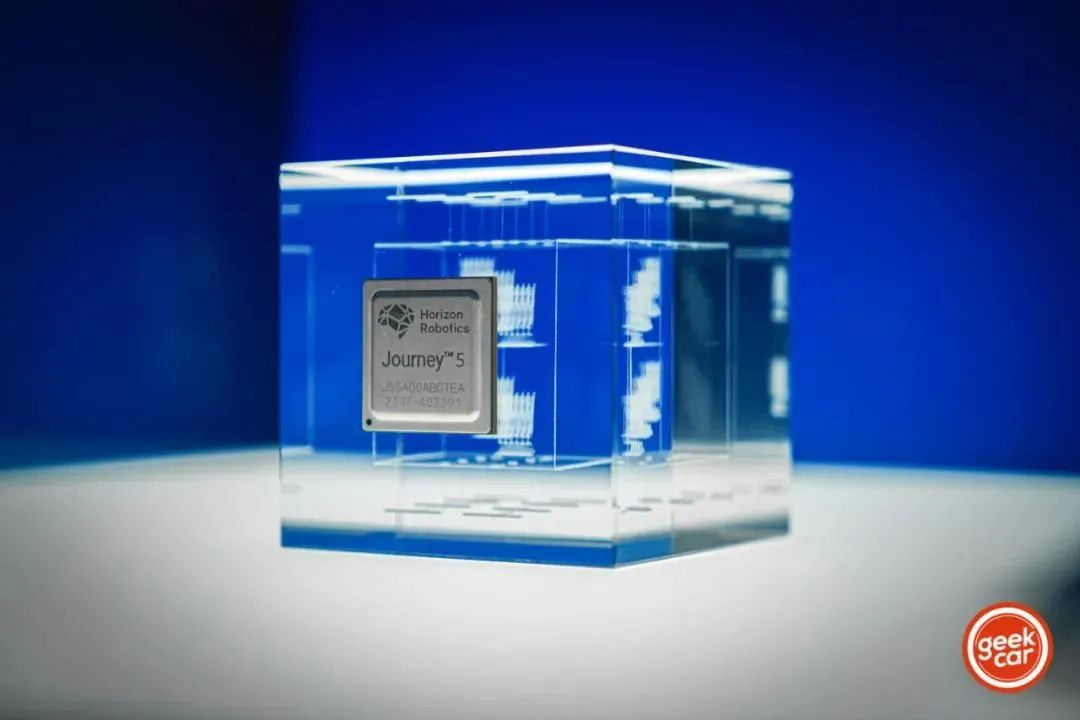
At the beginning, the basic parameters of the release of Journey 5 were:
A single-chip AI computing power of 128 TOPS, a computing performance of 1283FPS, a delay of 60ms, and a power consumption of 30W.
Recently, Horizon officially announced that the computing performance of Journey 5 has been improved from the original 1283FPS to 1531FPS, and these are achieved on the premise that hardware architecture and algorithms have not changed, and the only thing that has changed is the software architecture.
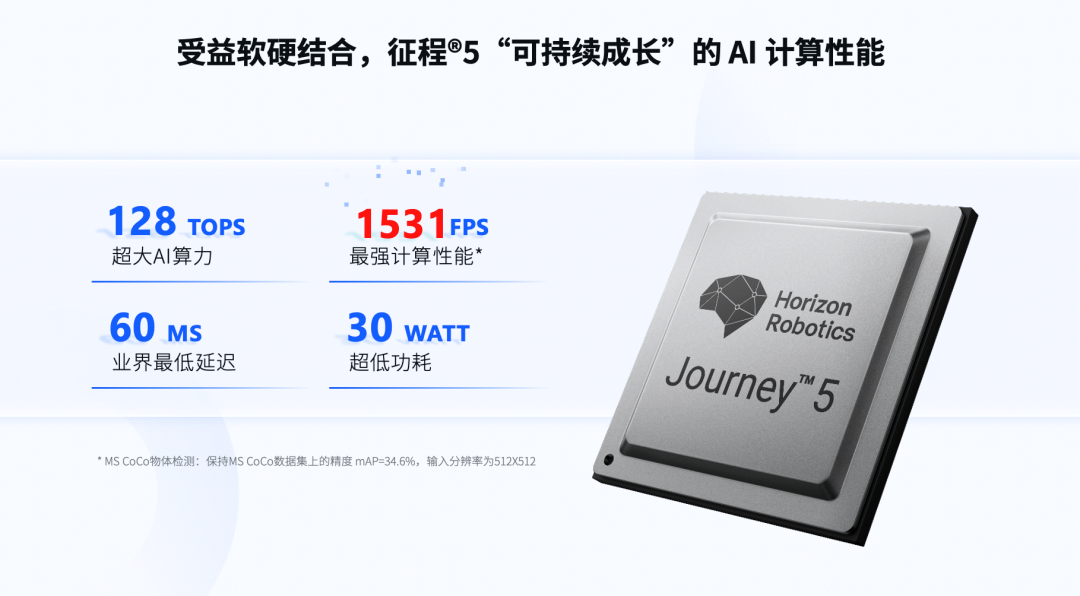 So, how does Horizon achieve this?
So, how does Horizon achieve this?
Earlier, Horizon proposed the “New Moore’s Law” for AI chips:
Real AI performance = Theoretical peak computing power x Effective utilization of computing resources x AI algorithm efficiency.
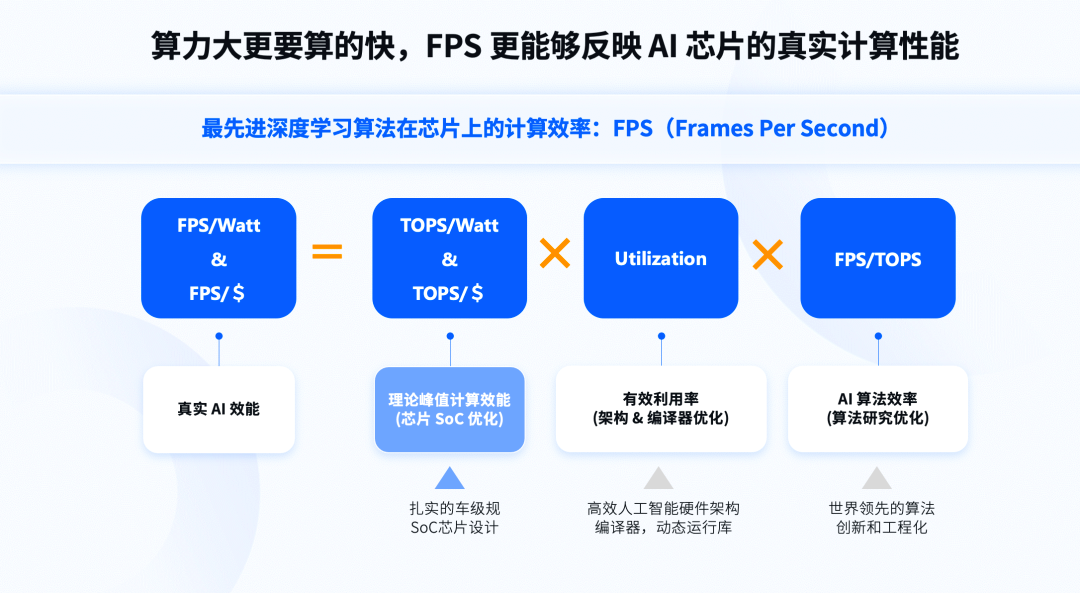
Among them, TOPS determines the ability limit of the chip, but architecture design, operating system, and AI algorithms will determine the stable output ability of the chip after it is onboard.
Therefore, when the architecture and algorithm are locked, there is still room for continuous improvement in the software architecture. The compiler can continuously compile, disassemble, reorganize, deploy and schedule the same algorithm on the same chip. It is precisely because of this that the software architecture efficiency of the Horizon Journey 5 chip has been improved by about 20% one year after its appearance.
Facing overseas giants, how does Journey 5 perform?
NVIDIA’s Orin chip was released in 2019, with computing performance of 254TOPS on a single chip, and now has strong market competitiveness. In comparison, Journey 5 chip seems to have some gaps in its 128TOPS computing power data.
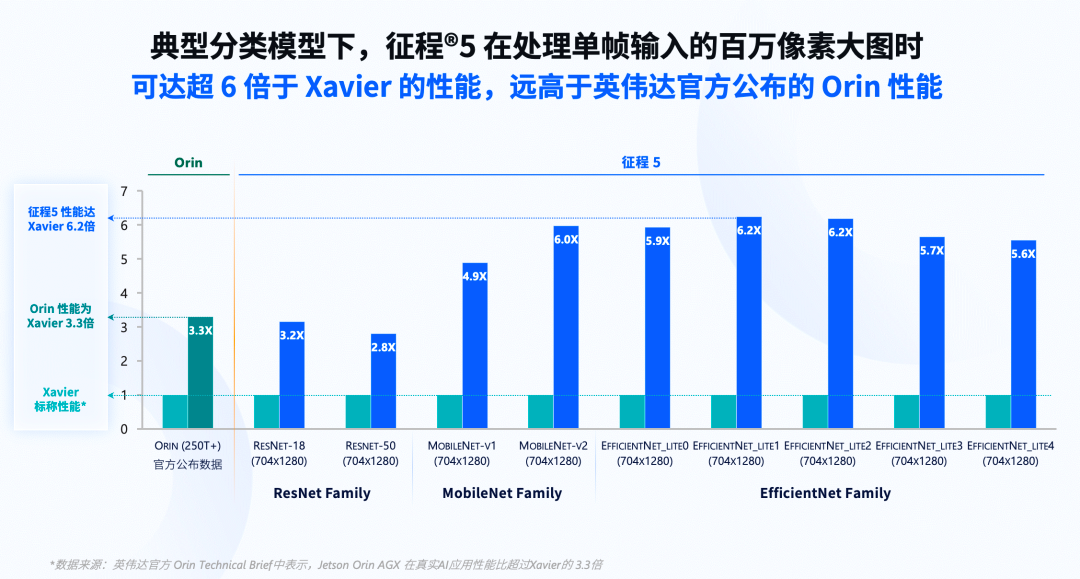
However, according to the data provided by Horizon, Journey 5 has a better performance than the Orin chip when running typical classification models, although the performance varies on different models.
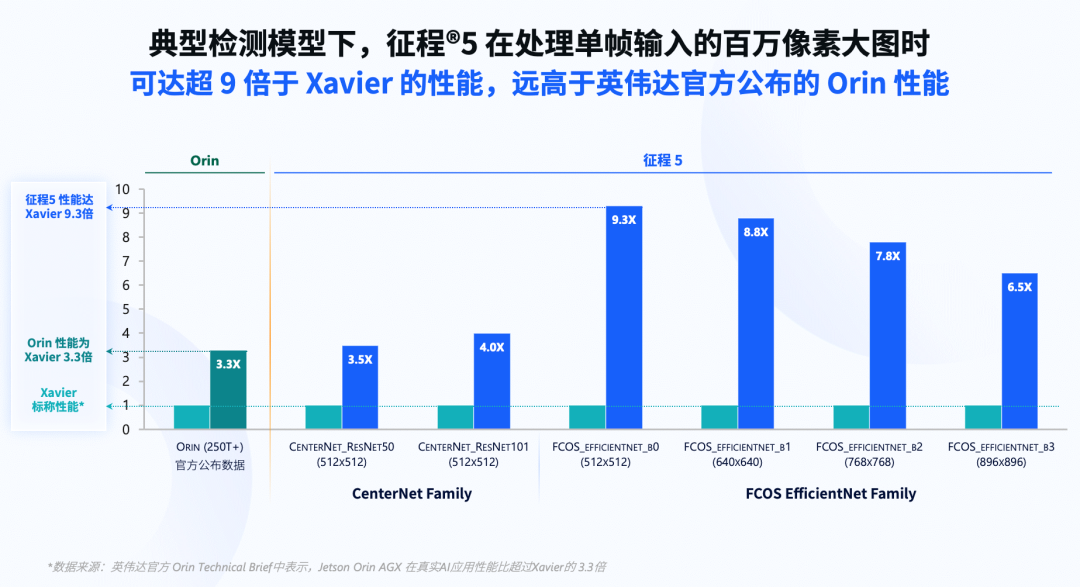
Under algorithms closer to autonomous driving scenarios, Journey 5 has more prominent performance advantages for typical detection models than classification models. At the same accuracy level, Journey 5 achieves nearly a 3x advantage over Orin.
These performance data parameters demonstrate Horizon’s advantage in focusing on FPS (frames per second), higher FPS can lead to lower latency, improve perception speed, which means that computational efficiency and safety performance will be further improved in smart driving scenarios.
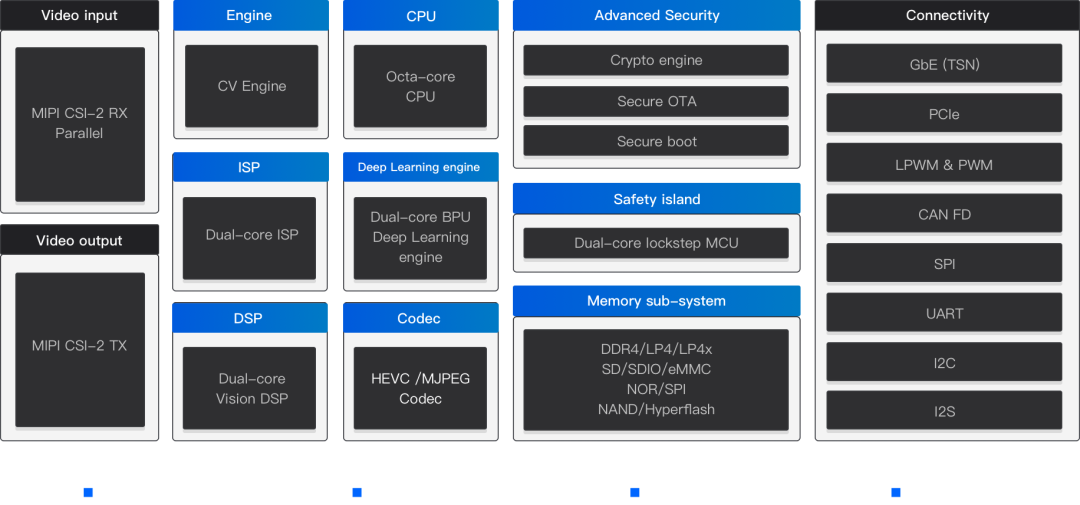
The reason for such performance is Horizon’s combination of software and hardware. Horizon’s strategy is to “let the software do everything it can, let the hardware do the simple, extreme, efficient, and easily flexible functions that can be called by software,” thereby bringing higher real AI performance.
Trapped between two firesCurrently, Nvidia’s mainstream chips in the field of autonomous driving include Xavier and the more powerful Orin. The Orin chip has been adopted by many OEMs promoting intelligent driving in China in the past two years. Some car models have even been mass-produced and delivered, such as the NIO ET7.
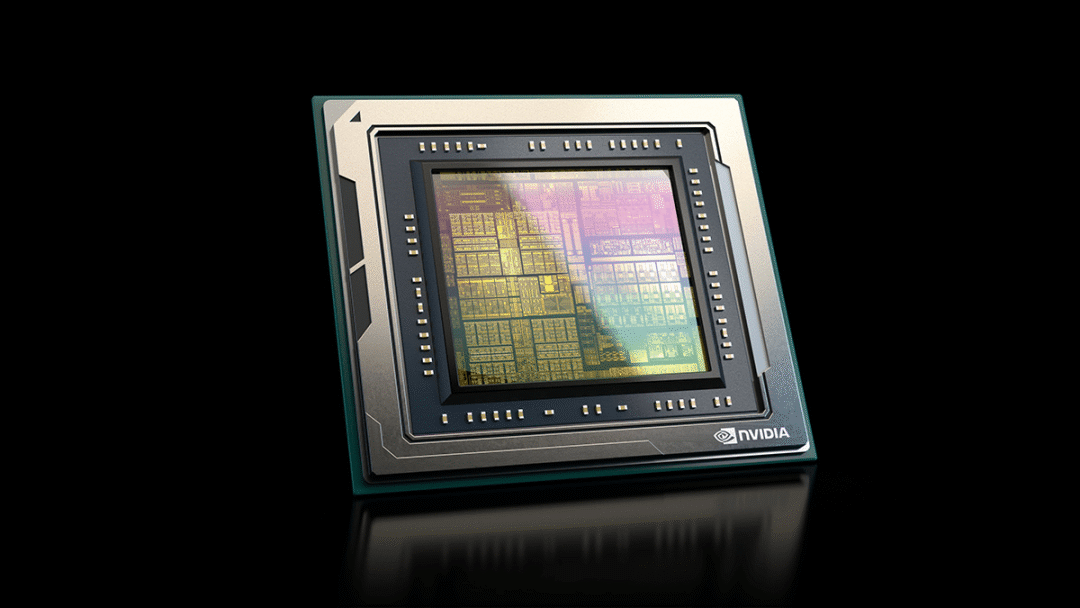
Intel’s focus on autonomous driving chips mainly relies on the acquisition of Mobileye in 2017. Mobileye has now launched five chips, EyeQ1/2/3/4/5, which are used to deal with different levels of intelligent driving scenarios. The EyeQ5H chip is also installed on the Jiangxi Banma KR-M5. Although Mobileye’s product strength may not be as good as other competitors’ products, it has extremely strong shipment capability thanks to its high efficiency and low power consumption.
Qualcomm launched the Snapdragon Ride system in 2020, which includes chip solutions and sensor layouts. By combining different numbers of chips, a maximum of 700TOPS of computing power can be achieved, with a power consumption of 130W. However, at present, Qualcomm’s most mainstream product is the digital cockpit platform, especially the Snapdragon 8155 chip, which has been adopted by many OEMs in China.
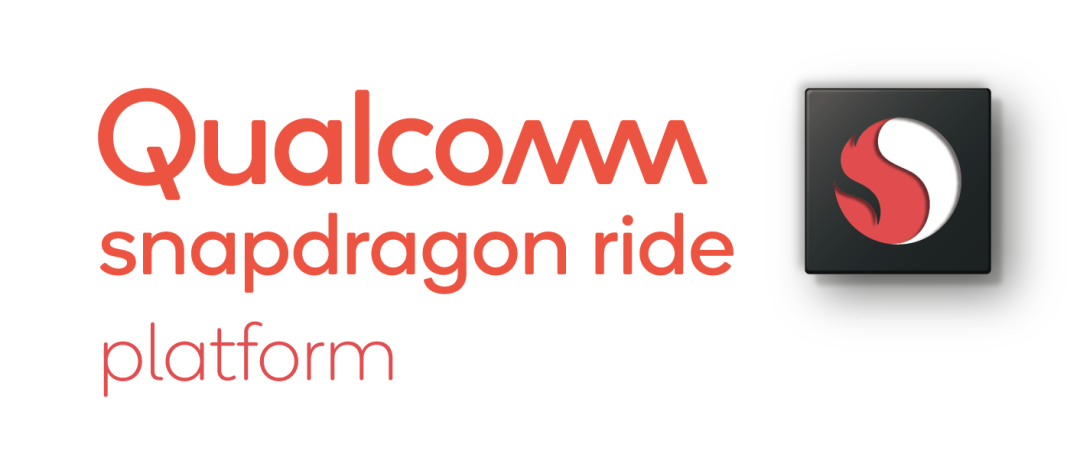
Returning to domestic manufacturers, Huawei’s intelligent driving platform is mainly based on its self-developed Kunpeng series chips and Ascend series chips, and the central supercomputing platform ADCSC has a minimum computing power of 400TOPS, and the advanced version can reach 800TOPS. The MDC series of intelligent driving platforms has also launched the MDC810, which can achieve a computing power of 400TOPS. However, the on-board rate and shipment volume are still facing challenges.
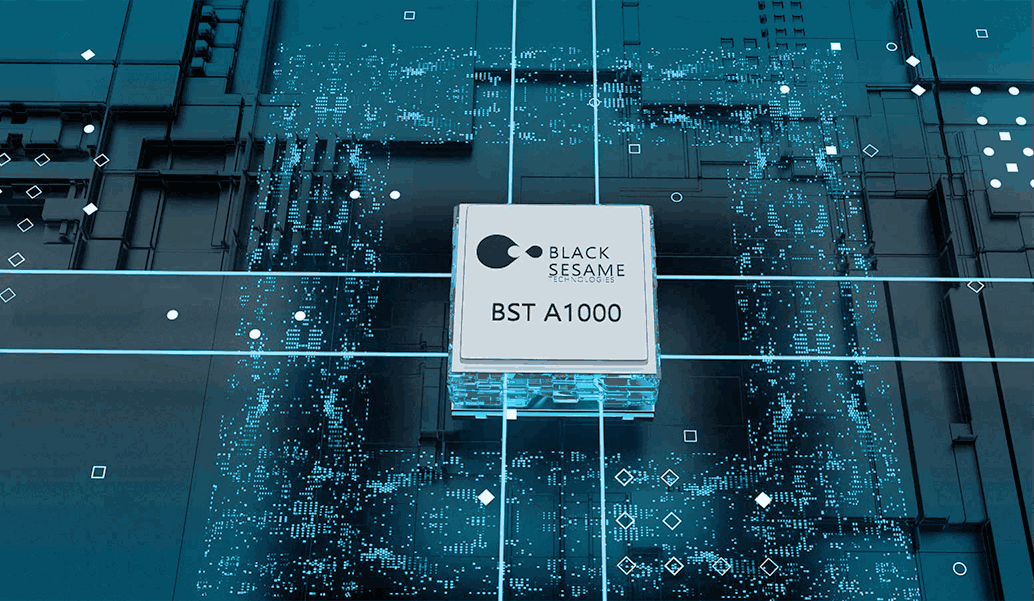
The Huashan 2 A1000 chip from Hei Zhi Ma Intelligence will be officially installed on a Jiangqi car model in the second half of this year. The computing power of this chip is 116TOPS. However, 116TOPS is based on INT4 quantization processing, and it is 58TOPS under the INT8 standard. The 128TOPS of Horizon Journey 5 is also based on the INT8 standard.It is quite evident that, as one of the domestically-produced car-grade AI chips with strong product power, the Horizon Journey 5 chip faces significant challenges. Overseas competitors such as Nvidia, Intel, and Qualcomm, as well as domestic companies such as Huawei and Black Sesame Intelligence, are continuously chasing after this market.
Conclusion
The “chip shortage” during the epidemic period has made more and more people realize the importance of a tiny chip in the era of intelligence. In smart cars, the intelligent cockpit and basic computing core of intelligent driving rely on car-grade AI chips.
Facing strong foreign competitors such as Nvidia, Intel, and Qualcomm, the competition among car-grade chips is extremely fierce. Domestic chip companies such as Horizon, Huawei, and Black Sesame Intelligence are also continuously counterattacking. Among them, the Horizon Journey 5 chip plays a crucial role.
The official launch of Journey 5 has made Horizon a provider of smart driving chip solutions that cover from L2 to L4. If the release of Journey 5 one year ago represented the “new journey” of Horizon, then the official release of Journey 5 will represent the “new journey” of Journey 5.
Currently, Journey 5 has obtained spot orders from many OEMs such as BYD, FAW Hongqi, and Ziyoujia.
According to the news, the BYD vehicle model equipped with the Journey 5 chip will be officially launched in 2023, and BYD is also one of the OEMs that have chosen both Horizon and Nvidia. After Journey 5 is officially launched, depending on its actual performance, it is likely to bring better development and attract more partners for Horizon.
As one of the few domestic car-grade AI chip companies, whether Journey 5 can achieve rapid production, and how its shipment performance will be, will directly affect the development pattern of domestic car-grade AI chips.
This article is a translation by ChatGPT of a Chinese report from 42HOW. If you have any questions about it, please email bd@42how.com.
